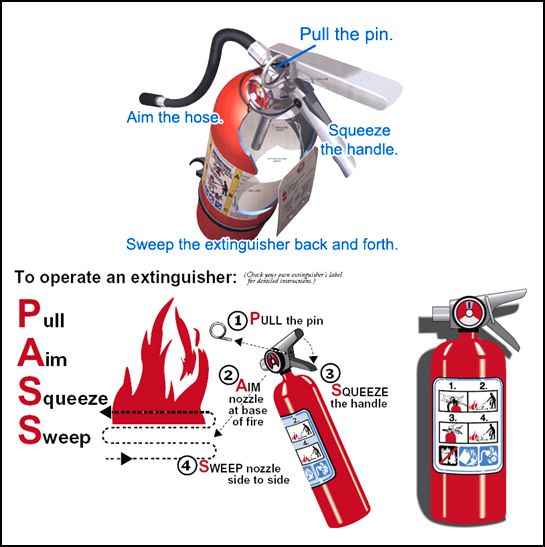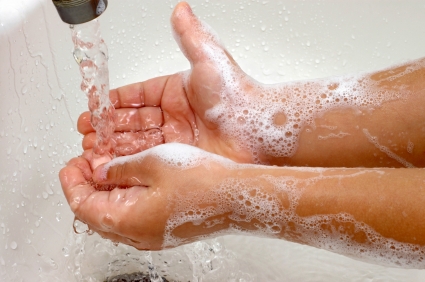Foods 1010 Lessons
Your lessons
Safety in your kitchen
Lesson Questions
- What is important to make your kitchen a safe place for food preparation?
Lesson
Cooking should be an enjoyable and productive experience. To ensure that is the case it is important that you pay attention to safety in the kitchen.
Your tools
- Keep kitchen appliances clean and in good condition
- Follow instructions carefully when using stoves, ovens, microwave ovens, and other kitchen appliances
- Make sure your knives are clean and sharp
Fire prevention & safety
- Wipe up spilled grease as soon as the surface of the stove is cool
- Keep pot handles on the stove pointing to the back and always watch young children in the kitchen
- Don’t store items on the stovetop because they could catch fire
- Wear short sleeves and tie back long hair while cooking (this also keeps hair out of the food!)
- It’s wise to have a fire extinguisher near the kitchen; keep it 10 feet away from the stove on the exit side of the kitchen
- Never pour water on a grease fire; turn off the stove and cover the pan with a lid

Cleanliness
- Handwashing is one of the best ways to prevent the spread of foodborne illness
- Wash your hands for at least 20 seconds with soap and warm water before handling food
- Keep countertop & workspace clean to reduce bacteria and can prevent foodborne illness
WHMIS Symbols - short course
The following is a summary of the WHMIS system and symbols.
 WHMIS is a short form for Workplace Hazardous Materials Information System. WHMIS is a Canada-wide system designed to ensure that all employers obtain the information that they need to inform and train their employees about hazardous materials used in their workplace. Information is provided by means of product labels, material safety data sheets (MSDS) and worker education programs.
WHMIS is a short form for Workplace Hazardous Materials Information System. WHMIS is a Canada-wide system designed to ensure that all employers obtain the information that they need to inform and train their employees about hazardous materials used in their workplace. Information is provided by means of product labels, material safety data sheets (MSDS) and worker education programs.
WHMIS labels provide the essential information that a person needs in order to handle a particular product safely.
MSDSs provide basic technical information about a product's physical characteristics and its hazardous properties.
Worker Education is that part of the program that ensures workers are able to apply the information to protect the personal health and safety
At this point in your school career, you likely be dealing with materials that are safe to handle. However, you should become familiar with the following WHMIS symbols. As you enter the workforce it is very important that you understand how to handle hazardous materials safely.
The WHMIS system groups hazardous materials into eight classes or categories based on the hazard that they represent. Each hazard has it is own symbol. In this activity you will investigate the symbols used in the workplace to identify hazardous or controlled substances.
What to do
Here is a Drag and Drop to help you learn these symbols:
Click here
Just drag the description to the symbol - feedback is immediate ~if you are right you will see a red check, if you are incorrect the description will bounce back
- Take a photo of your clean workspace.
- Take a photo of you wahing your hands with lots of soapy water